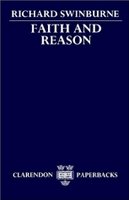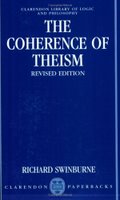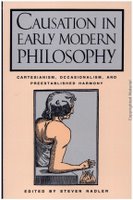
In coping with the myriad things that come our way at every moment of our waking life, we try to organize them into manageable structures. We do this by sorting them into groups--categorizing them as "rocks," "trees," "insects," "birds," "cows," "telephone poles," "mountains," and countless other kinds, and describing them in terms of their properties and features, as "large" or "small," "tall" or "short," "red" or "yellow," "slow" or "swift," and so on. A distinction that we almost instinctively, though usually unconsciously, apply to just about everything that we come across is whether or not it is a
living thing (it might be a dead bird, but still we know it is the kind of thing that lives, unlike a rock or a pewter vase, which couldn't be "dead"). There are exceptions, of course, but it is unusual for us to know
what something is without at the same time knowing, or having some ideas about, whether or not it is a living creature. Another example: when we know a person, we almost always know whether the person is male or female.
The same is true of the distinction between things or creatures with a "mind," or "mentality," and those without a mind. This is probably one of the most basic contrasts we use in our thoughts about things in the world.
 Faith and Reason is the final volume of a trilogy on philosophical theology. The first volume, The Coherence of Theism, was concerned with what it means to say that there is a God, and whether the claim that there is a God is internally coherent. It argued that the claim was not demonstrably incoherent, that it was proper to look for evidence of its truth, and that evidence that it was true would be evidence that it was coherent. The second volume, The Existence of God, was concerned with evidence that the claim was true. It was concerned to assess the force of arguments from experience for and against the existence of God. It argued that, although it could not be proved conclusively that there was a God, on balance the various arguments taken together showed that it was more probable than not there was a God. Faith and Reason is concerned with the relevance of such judgements of probability (either the particular judgement which I reached, or a different one—e.g. that it is very improbable that there is a God) to religious faith.
Faith and Reason is the final volume of a trilogy on philosophical theology. The first volume, The Coherence of Theism, was concerned with what it means to say that there is a God, and whether the claim that there is a God is internally coherent. It argued that the claim was not demonstrably incoherent, that it was proper to look for evidence of its truth, and that evidence that it was true would be evidence that it was coherent. The second volume, The Existence of God, was concerned with evidence that the claim was true. It was concerned to assess the force of arguments from experience for and against the existence of God. It argued that, although it could not be proved conclusively that there was a God, on balance the various arguments taken together showed that it was more probable than not there was a God. Faith and Reason is concerned with the relevance of such judgements of probability (either the particular judgement which I reached, or a different one—e.g. that it is very improbable that there is a God) to religious faith.



























